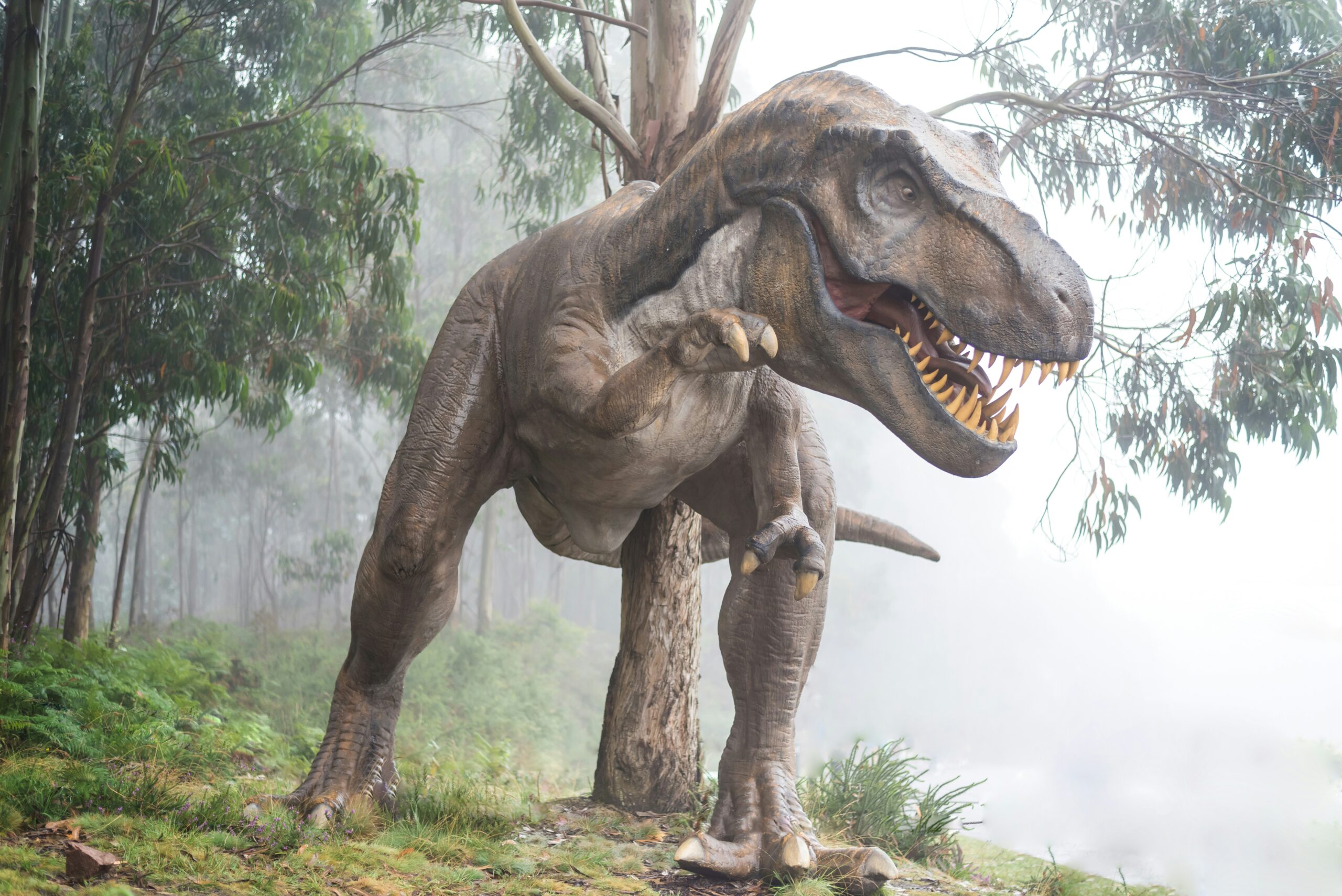Did Dinosaurs Influence Human Longevity?
Humans and dinosaurs never coexisted, as dinosaurs went extinct millions of years before humans appeared on Earth. However, a new hypothesis suggests that dinosaurs may have indirectly influenced human and mammal longevity.
The Impact of Dinosaurs on the Ecosystem
Dinosaurs were the dominant terrestrial vertebrates for over 160 million years. During this time, they shaped the ecosystem in various ways. They affected vegetation patterns, influenced the evolution of other organisms, and played a crucial role in maintaining the balance of the environment.
One of the key aspects of the dinosaur-dominated ecosystem was the presence of large herbivores. These massive creatures, such as sauropods, had a significant impact on the vegetation around them. They consumed vast amounts of plants, shaping the structure and distribution of plant communities.
This alteration of the environment had cascading effects on other organisms. Changes in vegetation affected the availability of food and habitats for other animals, including mammals. As a result, mammals had to adapt to survive in this dinosaur-dominated world.
The Rise of Mammals
After the extinction of dinosaurs, mammals had the opportunity to diversify and occupy the ecological niches left vacant by the dinosaurs. With the absence of large herbivores, mammals could exploit new food sources and occupy different habitats.
Over time, mammals evolved and diversified, leading to the emergence of various species. They developed different feeding strategies, body sizes, and reproductive behaviors. These adaptations allowed mammals to thrive and become the dominant group of animals on Earth.
The Connection to Human Longevity
The hypothesis suggests that the rise of mammals, facilitated by the extinction of dinosaurs, indirectly influenced human longevity. As mammals diversified and evolved, they developed traits that allowed for longer lifespans.
One of the key factors contributing to mammalian longevity is their ability to regulate body temperature. Mammals are endothermic, meaning they can maintain a constant internal body temperature. This adaptability allowed mammals to inhabit various environments and survive in different climatic conditions.
Furthermore, mammals developed more complex and efficient respiratory and circulatory systems. These physiological adaptations improved oxygen delivery to the cells and tissues, enhancing overall health and longevity.
Additionally, mammals evolved more sophisticated social structures and parental care behaviors. These traits allowed for increased cooperation and protection, which in turn contributed to the survival and well-being of individuals within the group.
Conclusion
While humans and dinosaurs never met, the hypothesis suggesting that dinosaurs indirectly influenced human and mammal longevity provides an interesting perspective. The extinction of dinosaurs created opportunities for mammals to diversify and evolve, leading to the emergence of various species with longer lifespans. The physiological, behavioral, and ecological adaptations developed by mammals over time have contributed to the longevity of humans and other mammalian species today.

